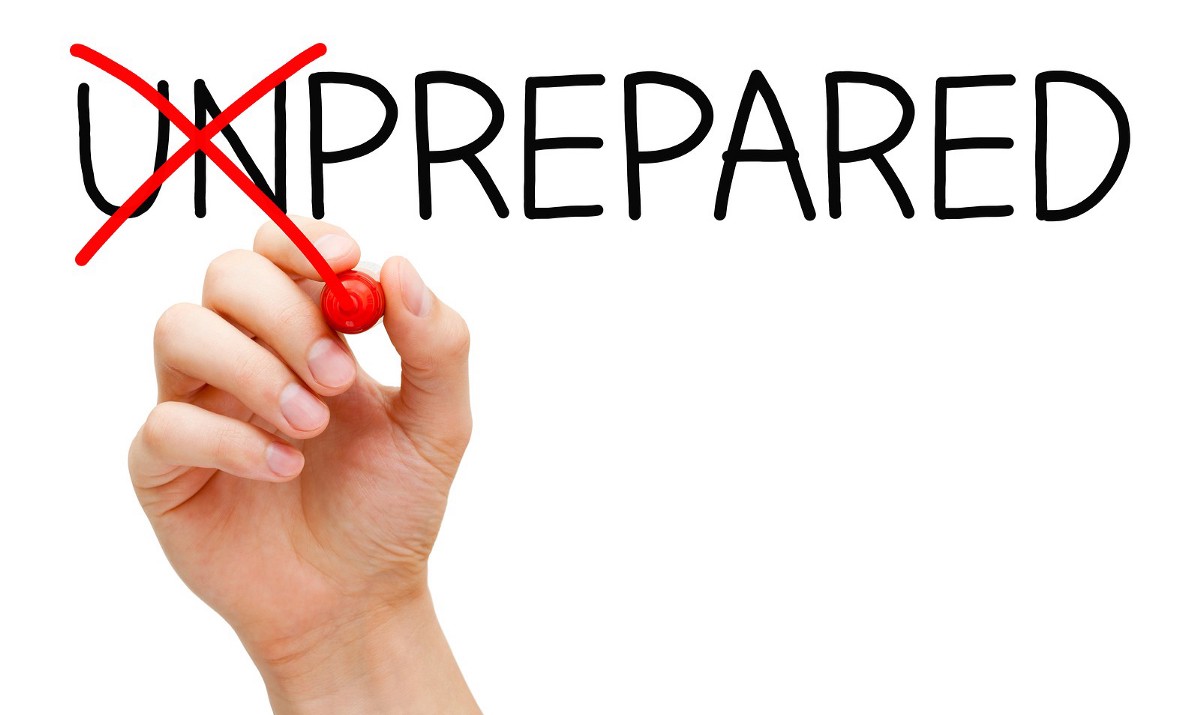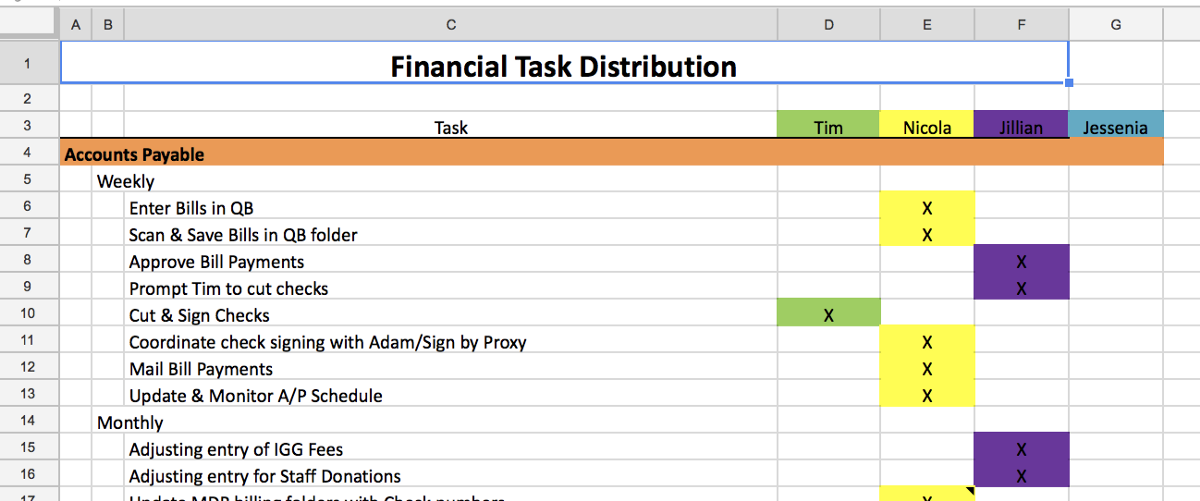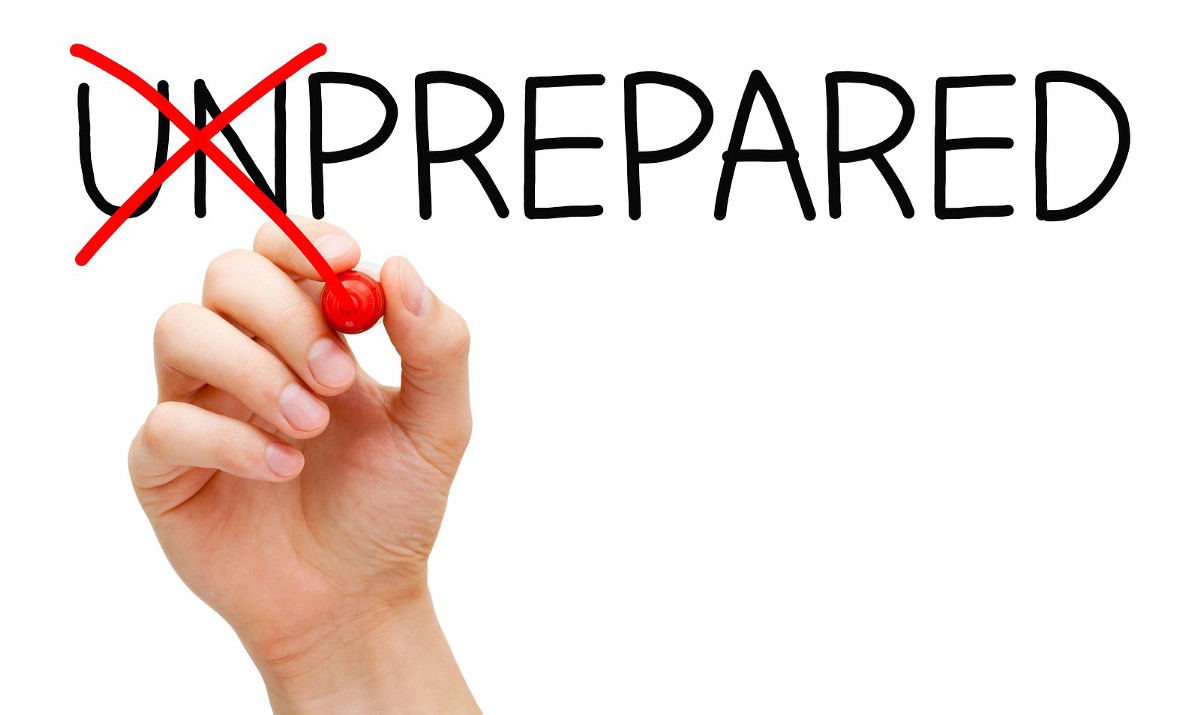Prepping for Parental Leave
Nonprofit | Employee Benefits | People Operations | Human Resources

Welcoming a new addition to the family can elicit all the feels, excitement, anxiety, joy, and wonder (like what is a nose frida and why is everyone raving about them?). There will be lots of changes in store both at home and at work, so the more you can prepare yourself and your team for the new unknown the better.
I’ve been at Fractured Atlas through the birth of both of my kiddos, and was the first person to use our company’s family leave benefit in its entirety. Below are some of the things I’ve learned that may help you and your team prepare for leave.
I’ve organized these items into the three phases of leave: pre-leave, during leave, and welcomed return; but it will be most beneficial to you and your team if you discuss and think proactively about all periods ahead of your time away.
Things to think about as you prepare for your leave:
- Plan how you will tell your supervisor and coworkers. My first time around, I made my company announcement on the whiteboard during an all staff meeting, disguised as a run down of finance reminders. After my supervisor and I worked out a general plan, I was super excited to share the news with our full staff. Since our staff meeting is one of the only times we have everyone all in the same “room” (we had quite a number of remote folks on staff), I thought this would be a great way to make my news public. No matter if you go loud or soft, make sure you give your team and coworkers time to hear the news. Post announcement, you’ll also want to communicate who’s doing what and give colleagues time to ask questions about items that intersect with their work.
- Sketch out your ideal leave timeline. What is the date you will start your leave? When you go into labor or a week before your due date? Ideally, when will you return? It’s important to think through the timeline that works for you and your company in advance.
- Create a detailed list of your tasks (yup, all of them). It might seem silly, “Jane knows I’m the one who runs payroll!” Being explicit about your primary and secondary tasks, and who will do what when you’re away, will not only give you peace of mind but will be a nice reference for your coworkers when questions arise while you’re out. Making a detailed task list is a great exercise in surfacing items with a single point of failure—“Does no one else know how to run payroll?!”—and allows your coworkers an opportunity to learn and practice new skills. Keep in mind that this list will be a living document up until you leave, so update it as new projects/tasks come up and make sure the people filling in know their coverage responsibilities.
 Here’s a small snapshot of the task list I created ahead of my leave. The total list included just shy of 100 tasks.
Here’s a small snapshot of the task list I created ahead of my leave. The total list included just shy of 100 tasks.- Build in time for redundancy. Thankfully parental leave, unlike other instances of medical leave, allows for a certain amount of lead time to get all the ducks in order, but situations can change especially in the final weeks before a new arrival. With that in mind, we recommend that you build in a period of redundancy prior to your leave. That gives the folks filling in time to actually “do” your tasks and ask questions while you’re still around. It’s also a great time for you to work on that important strategic project you’ve been putting off because you’ve just had too many other urgent tasks on your plate. Depending on the length of leave you’re taking, we typically suggest you aim for 2–4 weeks before you intend to take your leave, but any time you build for this will be helpful.
- Write down and communicate the plan. Whatever you determine your plan will be for your time away, type it up and send it to your team (Google Sheets is a great way to create and circulate this). Make sure part of this plan includes how you will communicate the start of your leave, and who will be in charge of passing the news along to your employer. Also, double-check that your emergency contact information is up-to-date in case the company urgently needs to contact you. (We had a staff member who was on parental leave during a recent natural disaster. Email was down, so thankfully we had current emergency contact information on file so we could make sure everyone was safe.)
During Leave:
It’s likely your company will check in with you during your leave to make sure the plan and timeline you discussed ahead of your leave is still on track. Other than that, just focus on you and your new child. Rest up, when you can, knowing that your team has got you covered.
**Note to employers & coworkers: Remember, this is NOT a vacation. Bringing a new family member into the fold is major work, so during leave you should only make contact in the case of a real emergency. Can’t find the post-its? Buy new ones. Need files for the audit and this person is the only one with a key to the storage unit? You might need to send a text, but don’t expect an instant response.
Things to be thinking about in preparation of your return:
- What’s the reentry schedule: Full-time, intermittent? Returning to work can be a stressful time, especially if you don’t have a clear return date or return schedule in mind. This will also help with “taking back” your tasks, so you can take your time re-acclimating and getting up-to-speed.
- Schedule changes. Life on the other side will likely require flexibility. That might mean daycare pick up or time to express milk. Block off these times on your shared work calendar. This prevents coworkers from unintentionally inviting you to meet during an inconvenient time.

Make sure you’ve got the right tools for the job.
- Equipment/physical space needs. Whether it be a dedicated shelf in the mini-fridge or a new zoom channel to meet online, think through with your team any equipment, software, or space you might need to help you transition back. Make sure you give yourself time to try out the new set up, and let your team know if/when your needs change.
Remember, that there are state and federal laws that protect the rights of new parents during birth, adoption, and year one bonding time with a new child. For instance, New York State enacted Paid Family Leave legislation that will go into effect January 1, 2018, for New York residents to care for, and bond with, a new child! For details on the laws applicable to you in your area, talk to an HR professional.
Things will change and the best laid plan will inevitably miss something, but the conversations and commitment you make to planning for your leave will help everyone feel better equipped for this exciting new time in your life.
Congratulations!
About Jillian Wright
Jillian Wright is a certified Professional in Human Resources (PHR) and a member of both the People and Finance teams at Fractured Atlas. As the Senior Director of People Operations, Jillian manages the company payroll and benefits, updates and monitors company employment policy compliance and assists in the organization's strategic HR efforts. As Controller, she manages and oversees all financial procedures and policies for the organization, as well as supervises compliance reporting including the annual organizational audit. Prior to Fractured Atlas, she worked in arts management and accounting for Stephen Petronio Company, Robert Battle’s Battleworks Dance Company, The Center for Kinesthetic Education, and The Diller-Quaile School of Music. In her spare time, Jillian performs with Ballet Vermont and enjoys gardening, and hiking with her family.


